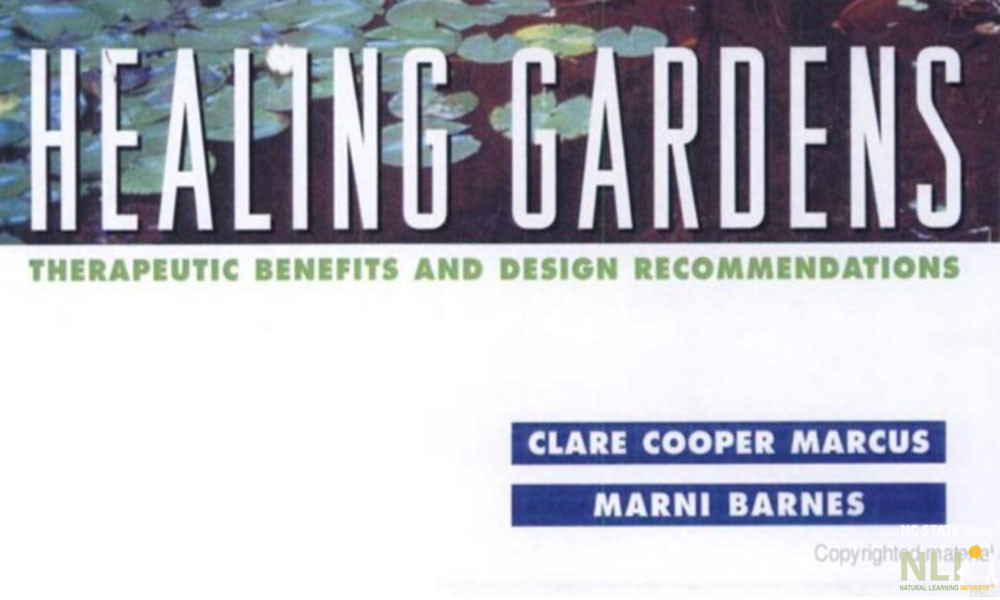Publications
Healing Gardens for Children
As a vehicle for healing children, gardens have special significance because of the way in which children relate to the world through play and their attraction to nature (Moore and Wong, 1997). Play is the child’s way of establishing authentic relationships with the social and physical world. Play is also a right as guaranteed in Article 31 of the Convention on the Rights of the Child (CRC, United Nations, 1989).
WHAT IS A CHILDREN’S HEALING GARDEN?
Insights about the significance of relationships between childhood, play, and nature have an extensive history. One needs only to think of names such as Montessori, Pestalozzi, Steiner, Froebel, and Dewey to realize that the legacy of more than a century of child development theory and practice can help us understand the role of children’s gardens as places of healing. Through playful interactions with people, natural objects, and materials, the child learns in a special boundless way that stimulates the development of mind, body, and spirit. Children’s interactions with the physical environment are intimate and immediate. This makes garden settings especially satisfying because they are diverse, constantly changing, multisensory, and alive. The “compressed nature” of gardens, regarded by researchers as a healing agent (Olds, 1985), counteracts boredom, stimulates children’s innate cursorily, and offers a huge range of experiential choices compared to synthetic environments (Moore and Wong, 1997).
Healing gardens have special significance as places where the inner life of the child can be integrated with the external world, where children can find both stimulation and solace. British child psychiatrist and pediatrician Donald Winnicott (Winnicott, 1971) called this experiential domain the child’s “potential space,” where, through play, children can work through internal conflicts, express fears, and communicate desires nonverbally. Winnicott’s notion of “potential space” (resulting from a lifetime working with children and families) lends powerful support to the idea that playful garden settings can serve as therapeutic or healing environments for children, their parents, and caregivers.


